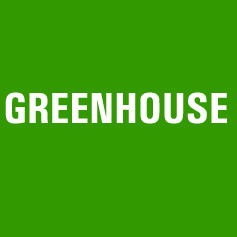Search HSEC Report
YOU ARE HERE: HSEC Report 2004 > Energy & Greenhouse > Greenhouse Gases and Climate Change

The global steel industry uses carbon as an essential ingredient in the production of iron and hence is a significant emitter of carbon dioxide, the main greenhouse gas. At this time there is no alternative technology.
BlueScope Steel accepts that climate change is a real issue, although the nature and timeframe of its impacts are uncertain. We view climate change as a serious global issue and one that needs a global response.
We are committed to making our contribution to the global response and have focused resources on improving the energy and greenhouse gas intensity at our steelmaking plants in Australia, New Zealand and the United States.
Improving the world steel industry's greenhouse and carbon intensity, while increasing total tonnes of steel produced is a huge challenge and requires a global effort. The global demand for steel is driving increasing production, including greatly increased steel production in China. Selective greenhouse gas emission regulation on a national or regional basis will inevitably lead to the relocation of production capacity without achieving a reduction in worldwide greenhouse gas emissions.
A number of our businesses are already operating in a carbon constrained environment. The Port Kembla Steelworks and other New South Wales based operations are governed by the NSW Greenhouse Gas Abatement Scheme which came into effect on 1 January 2003. Our New Zealand Steelworks operates in a business environment regulated in part by the decision of the New Zealand Government to ratify the Kyoto Protocol and to implement an emission charge.
We recognise that the future may bring more onerous constraints and are therefore working closely with industry, government and other stakeholders as regulatory regimes take shape.

